Daniel Libeskind + Yuval Avital
MSCTY_EXPO (LDF ZONE)
Daniel Libeskind + Yuval Avital
Meditations on Daniel Libeskind's “Theatrum Mundi” is a sonic response in 12 movements by Yuval Avital to Daniel Libeskind’s “Theatrum Mundi”, 1983, a series of 12 abstract works (paper, collage and paint on board) that give visual form to a premonition of the future as a city besieged by an unknown infection. The composition interprets the visual artworks as ‘mandalas’ and their titles as poetic vectors.
Theatrum Mundi images and titles, 1983-5, © Studio Libeskind
Meditations on “Theatrum Mundi”, 2020, © Yuval Avital
Meditations on Daniel Libeskind's “Theatrum Mundi” [12 images]
← Click/Drag/Swipe →
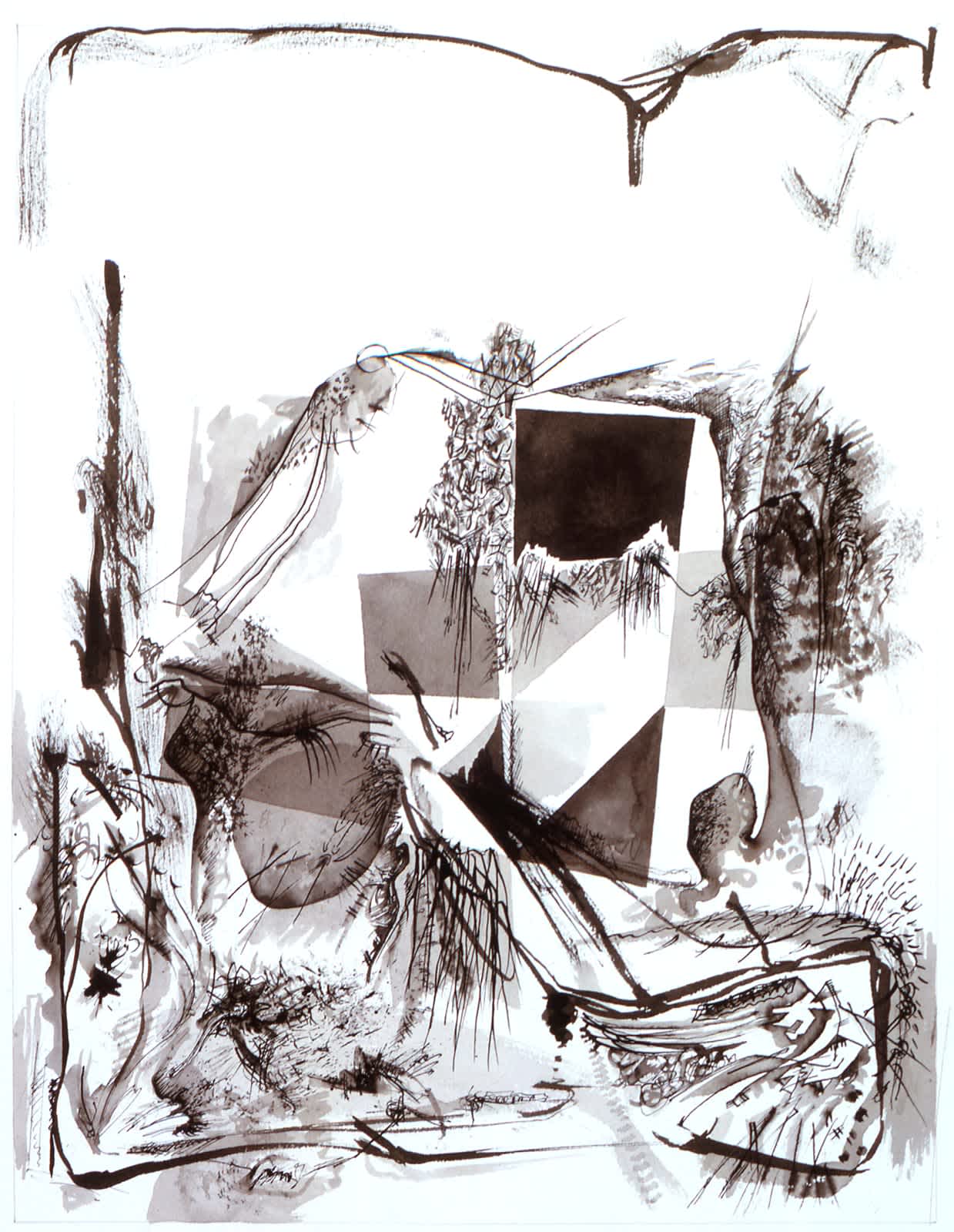
Theatrum Mundi images and titles, 1983-5, © Studio Libeskind
Meditations on “Theatrum Mundi”, 2020, © Yuval Avital
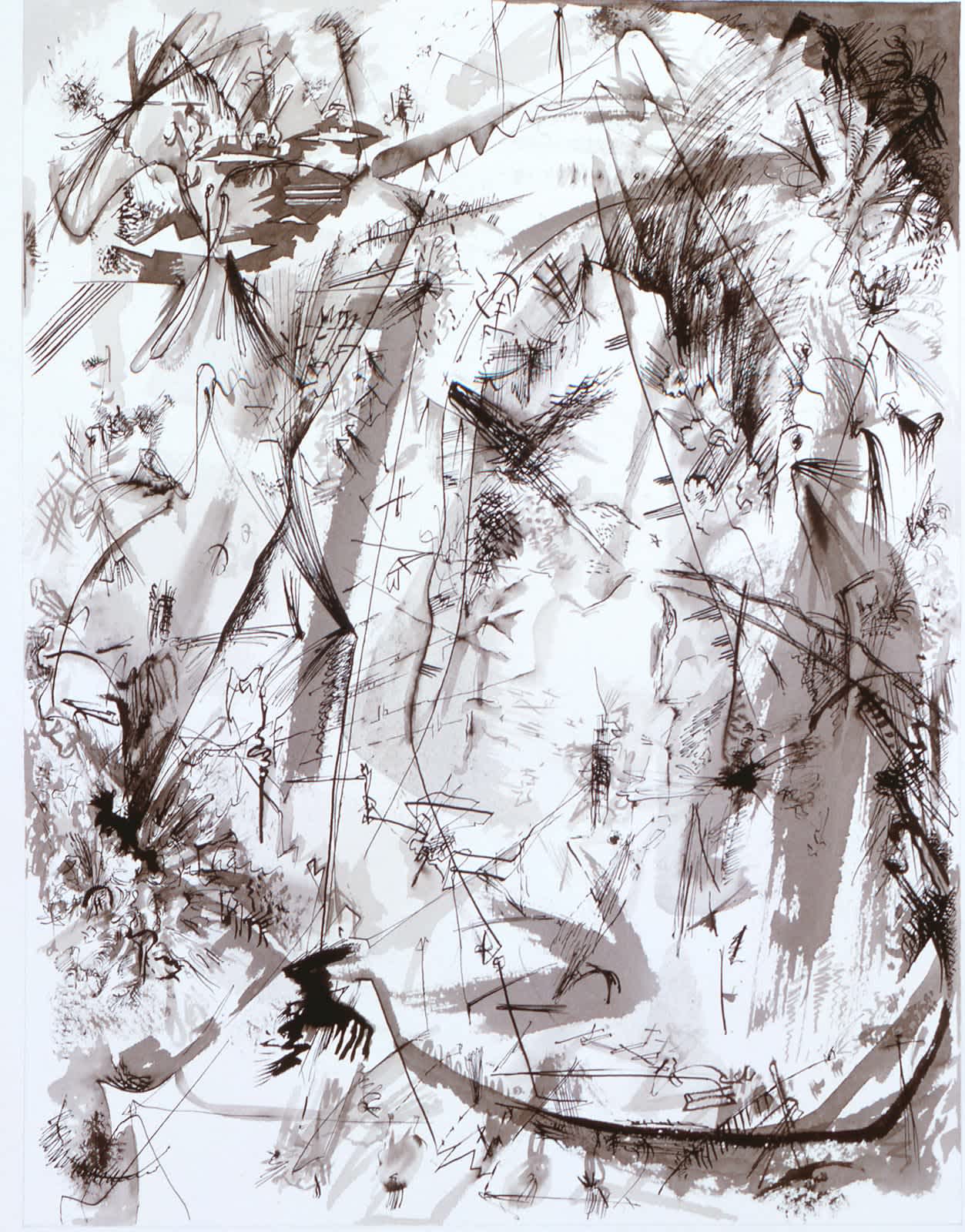
Theatrum Mundi images and titles, 1983-5, © Studio Libeskind
Meditations on “Theatrum Mundi”, 2020, © Yuval Avital
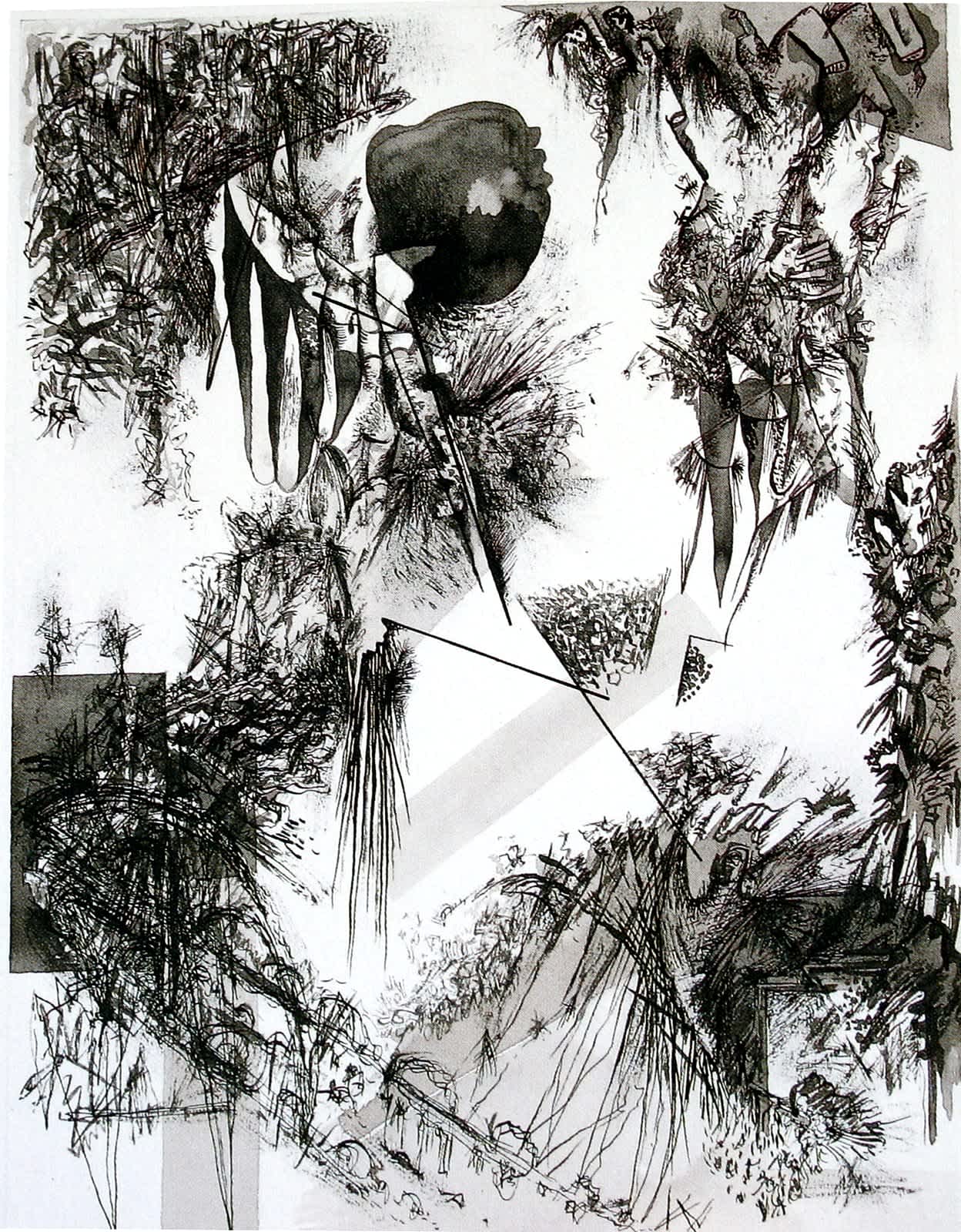
Theatrum Mundi images and titles, 1983-5, © Studio Libeskind
Meditations on “Theatrum Mundi”, 2020, © Yuval Avital

Theatrum Mundi images and titles, 1983-5, © Studio Libeskind
Meditations on “Theatrum Mundi”, 2020, © Yuval Avital
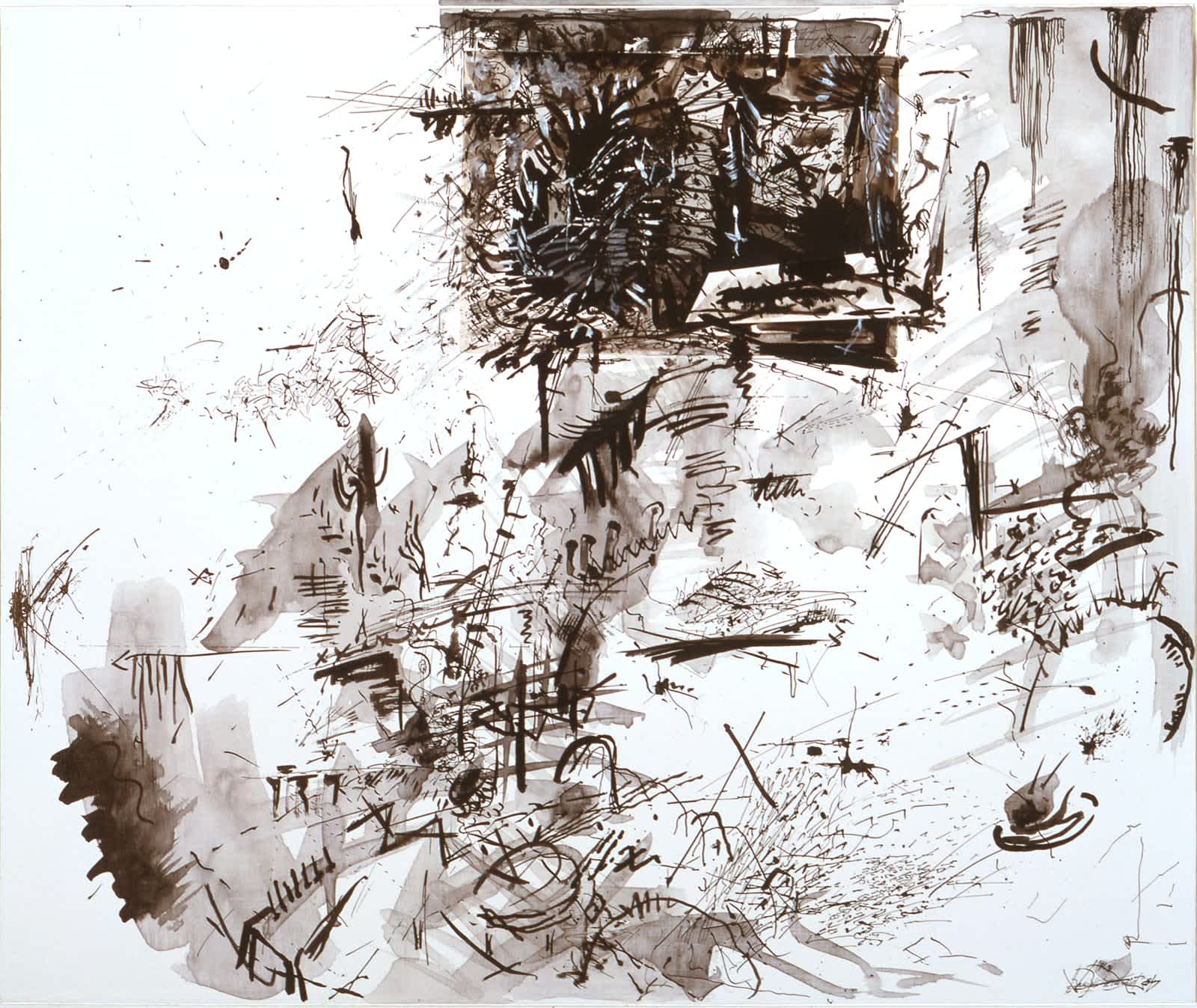
Theatrum Mundi images and titles, 1983-5, © Studio Libeskind
Meditations on “Theatrum Mundi”, 2020, © Yuval Avital
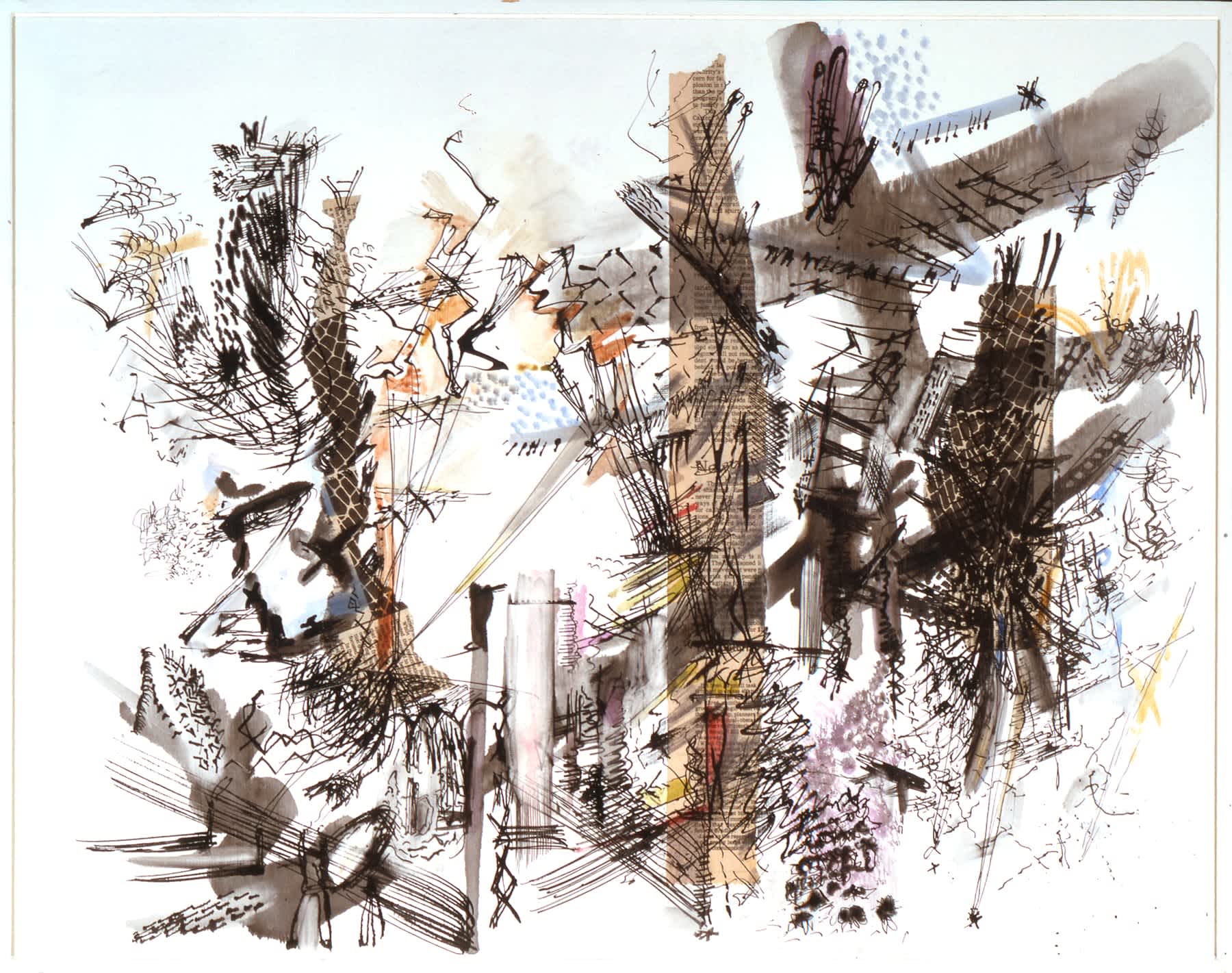
Theatrum Mundi images and titles, 1983-5, © Studio Libeskind
Meditations on “Theatrum Mundi”, 2020, © Yuval Avital
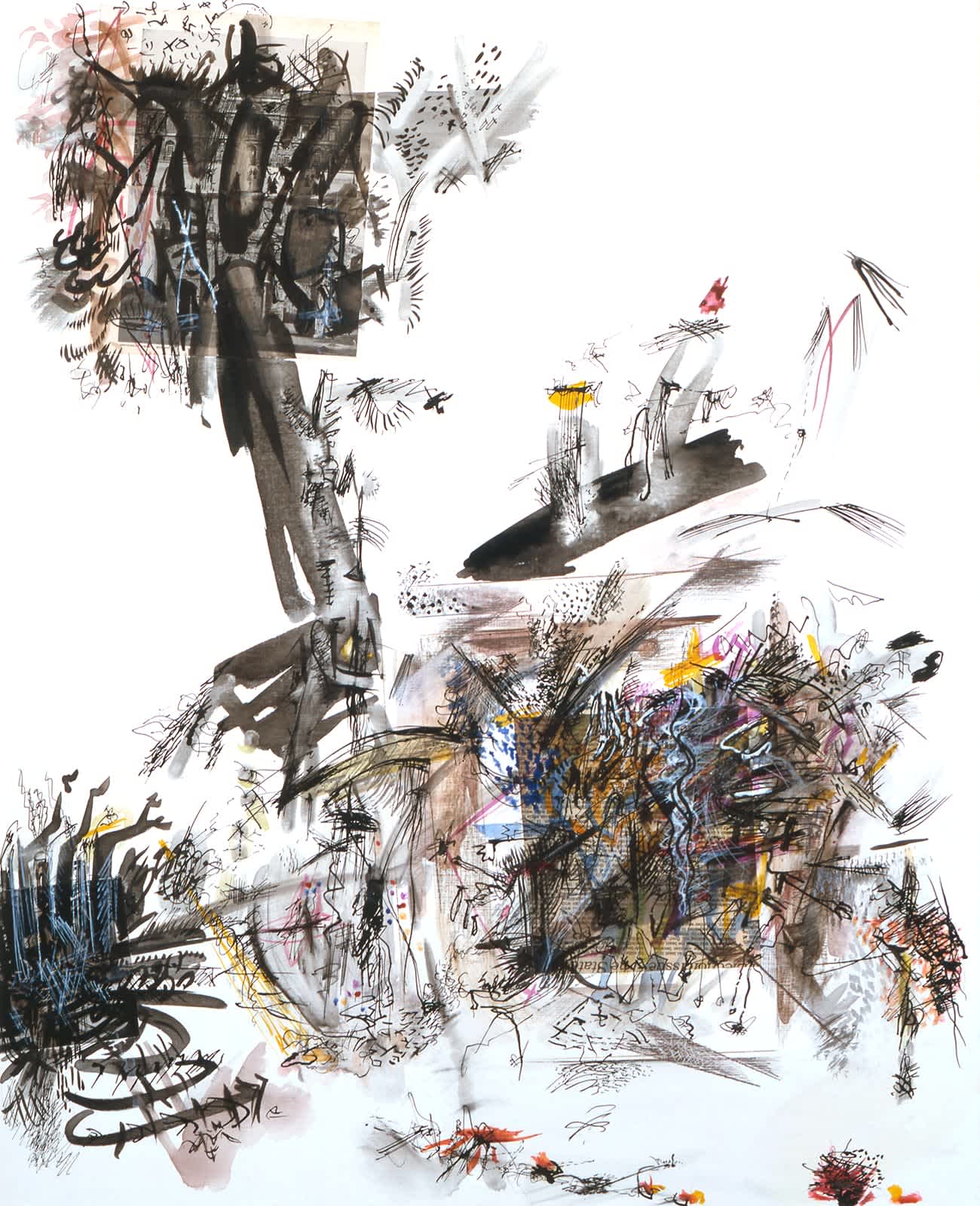
Theatrum Mundi images and titles, 1983-5, © Studio Libeskind
Meditations on “Theatrum Mundi”, 2020, © Yuval Avital
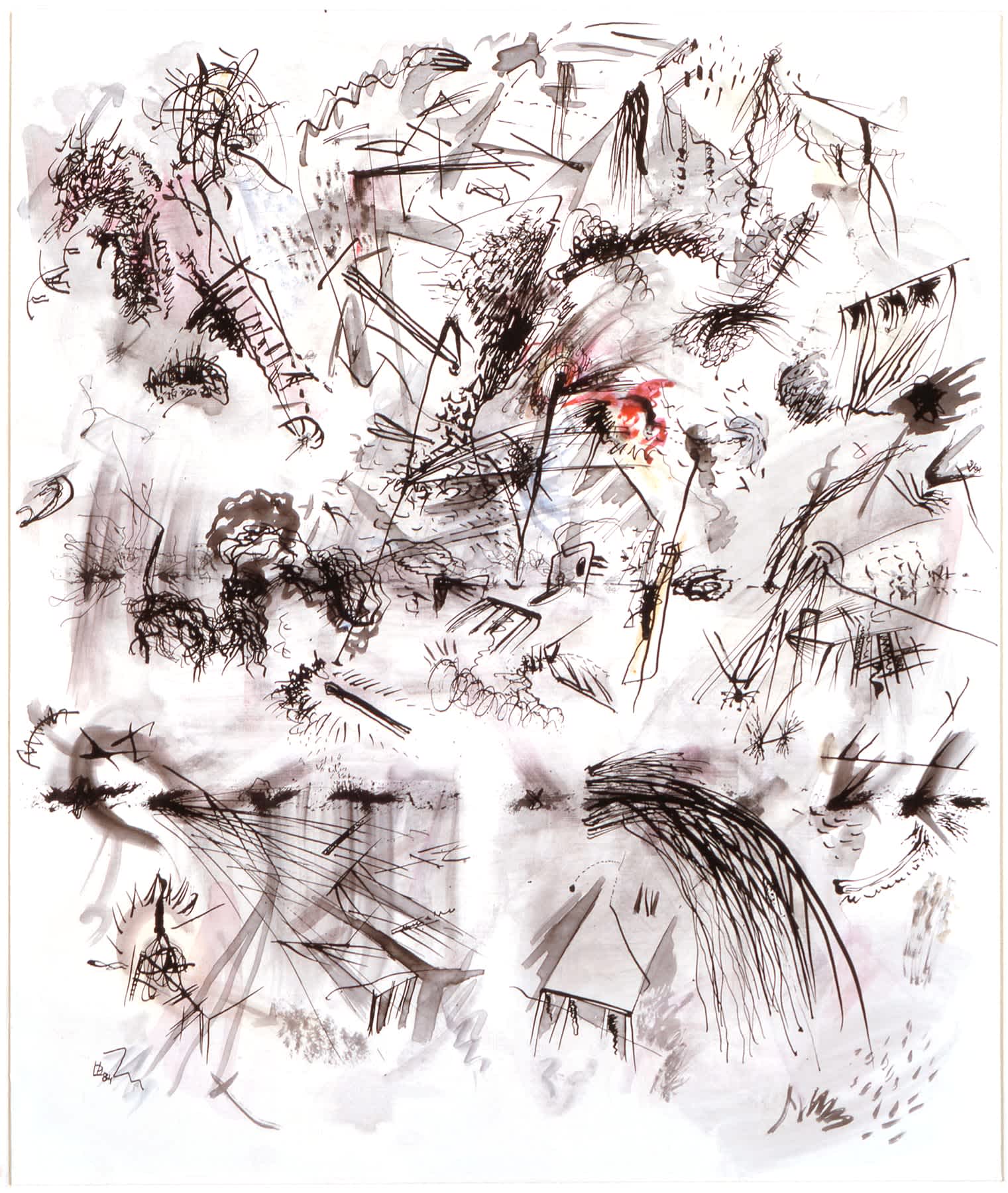
Theatrum Mundi images and titles, 1983-5, © Studio Libeskind
Meditations on “Theatrum Mundi”, 2020, © Yuval Avital
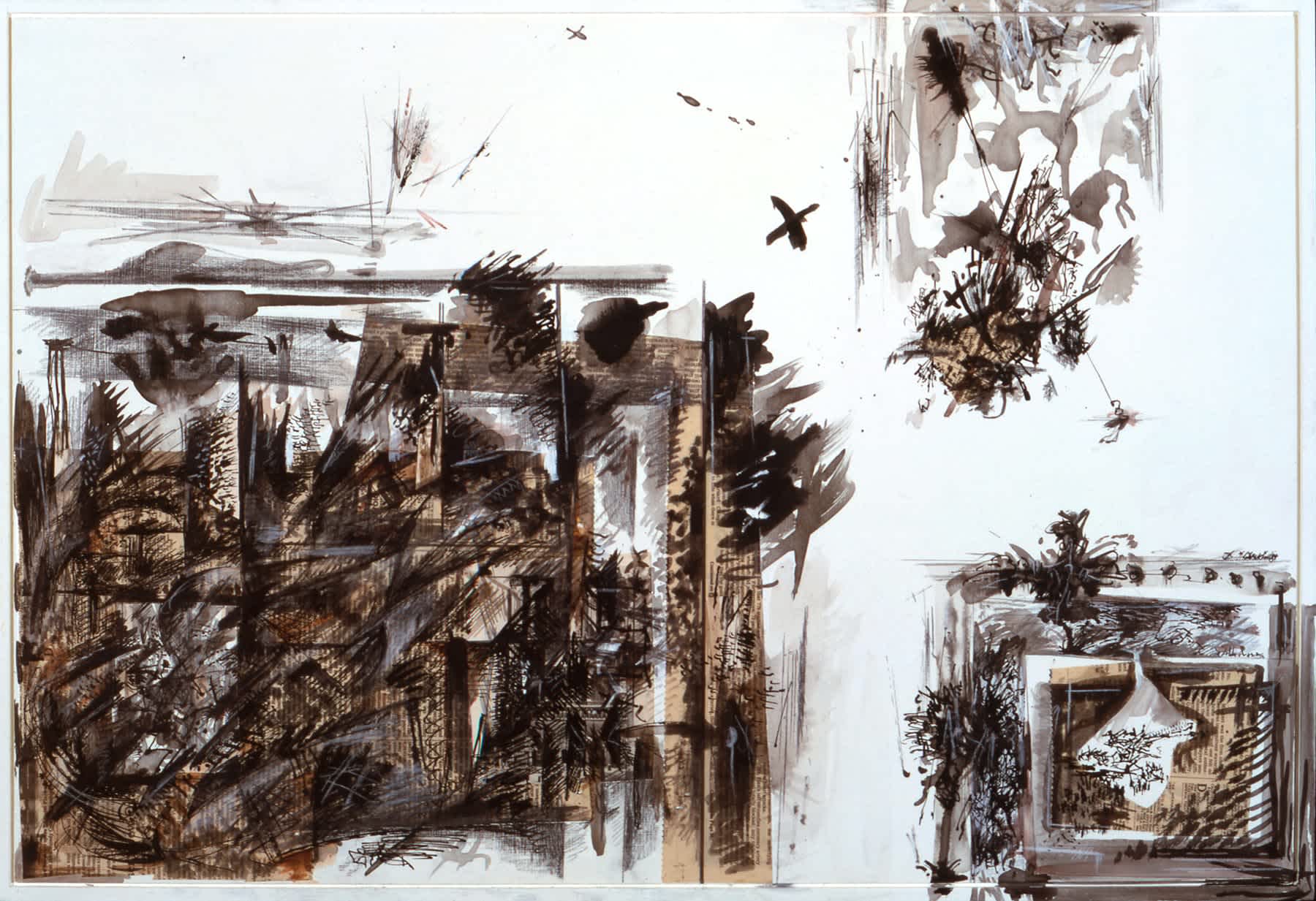
Theatrum Mundi images and titles, 1983-5, © Studio Libeskind
Meditations on “Theatrum Mundi”, 2020, © Yuval Avital
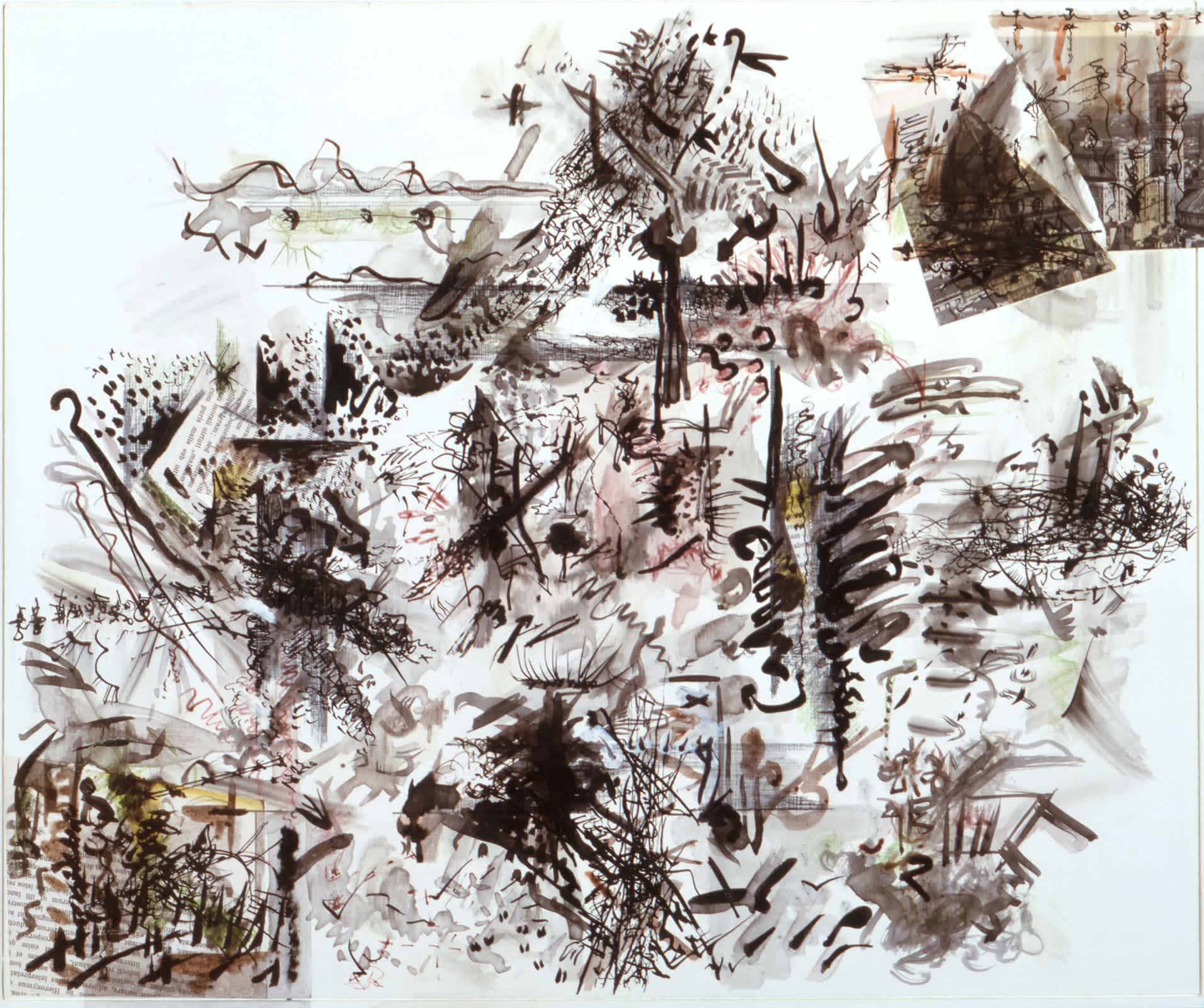
Theatrum Mundi images and titles, 1983-5, © Studio Libeskind
Meditations on “Theatrum Mundi”, 2020, © Yuval Avital
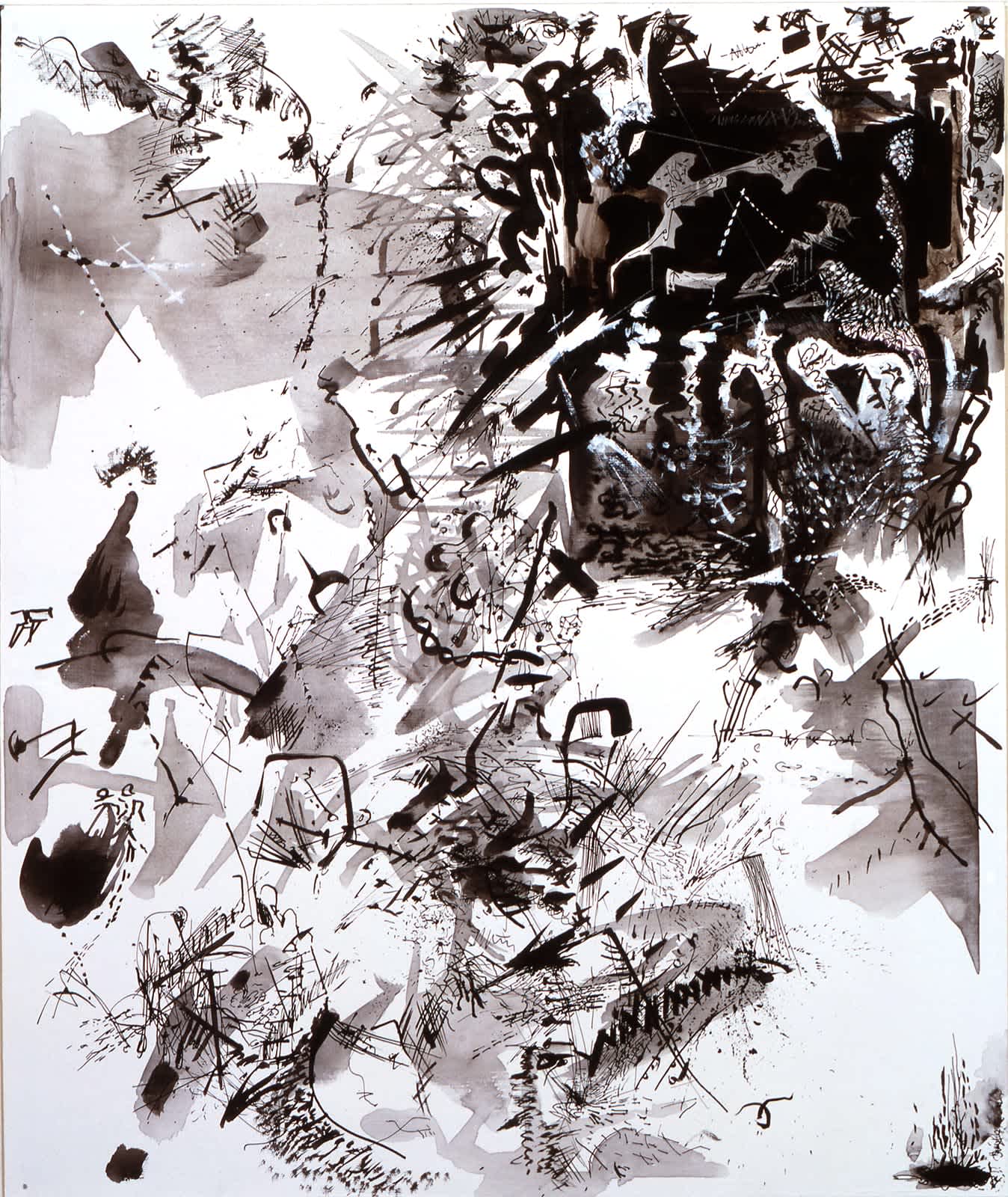
Theatrum Mundi images and titles, 1983-5, © Studio Libeskind
Meditations on “Theatrum Mundi”, 2020, © Yuval Avital
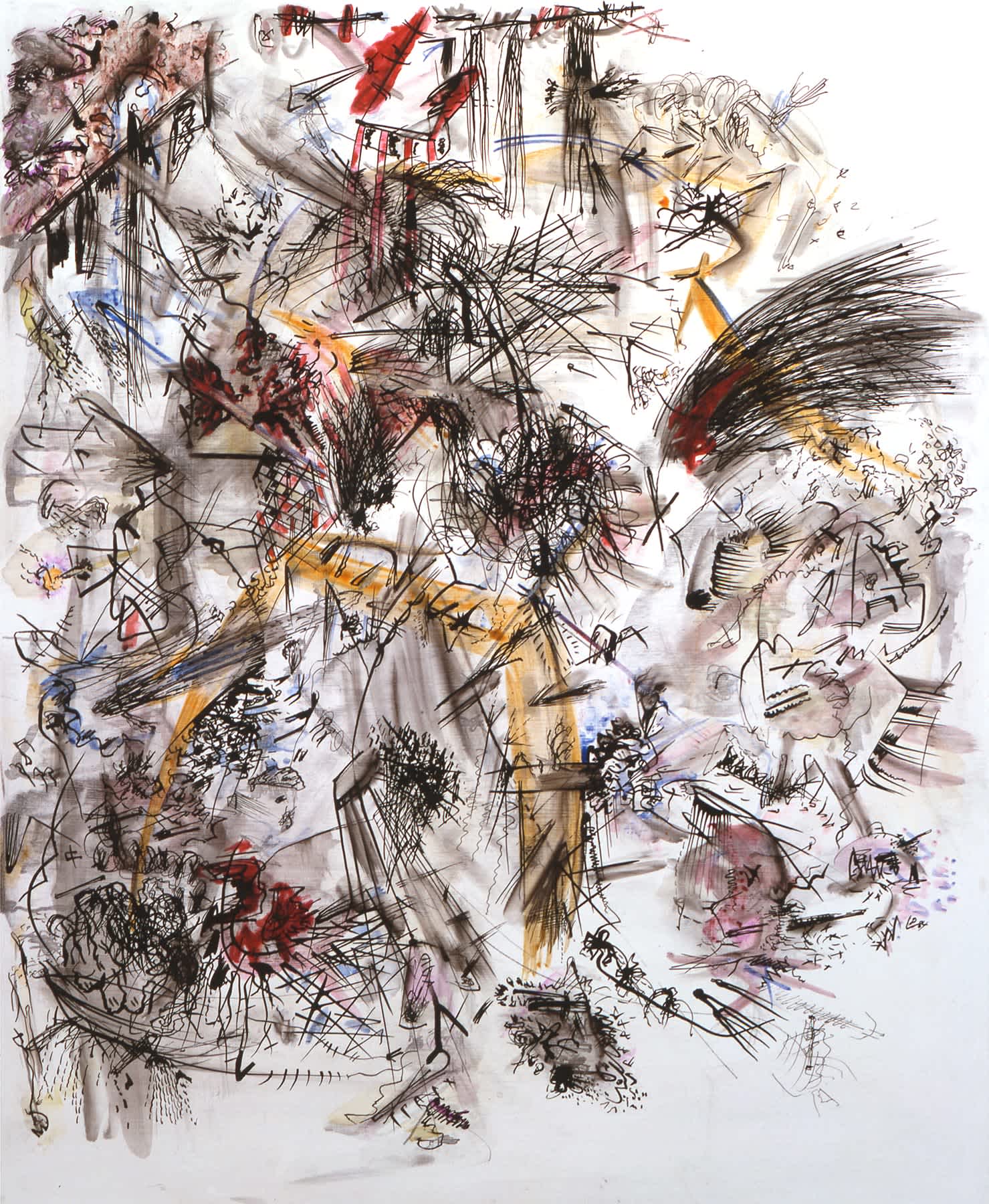
Theatrum Mundi images and titles, 1983-5, © Studio Libeskind
Meditations on “Theatrum Mundi”, 2020, © Yuval Avital
The Composer + The Architect

ABOUT
Yuval Avital
Born in Jerusalem in 1977 and living in Milan, multimedia artist, composer and guitarist Yuval
Avital develops his works in a variety of spaces, including public venues, industrial archaeological sites, theatres and museums, challenging the traditional crystallised categories that separate the arts. In his exhibitions, performances, immersive installations, total-operas, large-scale musical ‘rituals’ and concerts, there can be found dancers, contemporary music ensembles, masters of ancient cultures, recruited individuals or communities, multi-video projections, meditative tactile
ambients, advanced technological instruments, archive materials, scientific data, Sound-Sculptures and printed artworks.
Avital’s sound and visual artworks have been presented in many contexts, including MACRO Museum of Contemporary Art Rome, Ostrale Dresden Biennale, La Fabbrica del Cioccolato Foundation Switzerland, Saint Antoine Church Istanbul, Marino Marini Museum Florence, and National Science and Technology Museum “Leonardo da Vinci” in Milan. His large-scale installations include: “Alma Mater”, an artwork covering 1,200m2 with a “forest” of 140 loudspeakers, projections and light (Fabbrica del Vapore, Milan 2015); permanent Sound Sculptures such as “The Rattles Garden”, composed of 50 wrought-iron, wheat-like sculptures and olive trees with 180 hanging bells and rattles from every part of the Mediterranean (Mulinum San Floro, Calabria); and “Open Fence”, a Sound Sculpture of 320 tubular bells, 64m long and 4m high, which can be played by 80 visitors simultaneously (East End Studios, Milan).
His operas, symphonic and chamber works, performed by soloists and ensembles, have been presented in concert halls and festivals such as Brighton Festival, Warsaw Autumn Festival, MiTo Settembre Musica Milan, Tel Aviv Museum, Opera House L. Pavarotti, Musiktheater im Revier Gelsenkirchen, Romaeuropa, National Conservatory of China, Centre Pompidou Paris, Palazzo Reale Milan, and Quinta da Regaleira Palace in Portugal.
His “massive sonic works” include: “Urla” for 300 performers in the Matera European Capital of Culture 2019; “Karagatan” in the Phillipines for 100 traditional gong and bamboo musicians from 11 countries in South East Asia; and “Garon” in Milan for 45 tubas, 6 percussions, 3 conductors, choir and live electronics, as the closing event for “Dirty Corner”, an installation by Anish Kapoor.
His latest sound and visual artwork is “Human Signs”, a global participatory online dance and voice artwork conceived during Covid-19, with the participation of 177 artists from 46 countries.
Image © Beni Steiner
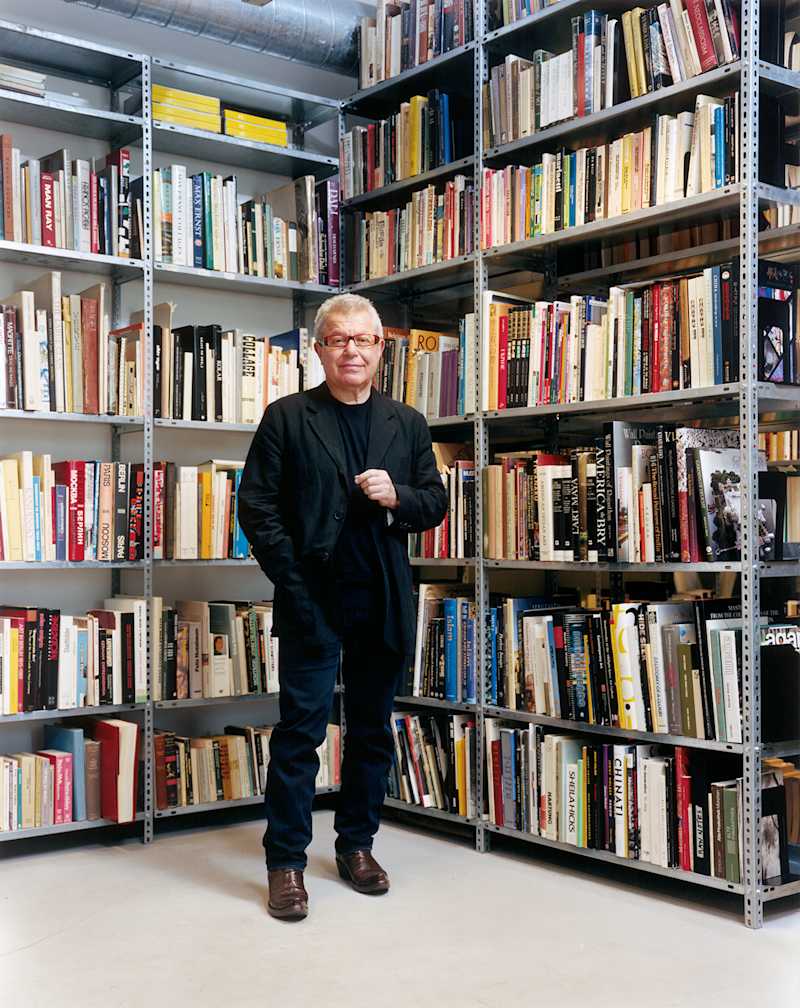
ABOUT
Daniel Libeskind
An international figure in architecture and urban design, Daniel Libeskind is renowned for his ability to evoke cultural memory in buildings. Informed by a deep commitment to music, philosophy, literature, and poetry, Libeskind aims to create architecture that is resonant, unique and sustainable.
Born in Łódź, Poland, in 1946, Daniel Libeskind left for Israel and then the United States, arriving in New York in 1959 and settling with his family in the Bronx. He received the American-Israel Cultural Foundation Scholarship and performed as a musical virtuoso, before eventually leaving music to study architecture. He received his professional degree in architecture from the Cooper Union for the Advancement of Science and Art in 1970 and a postgraduate degree in the history and theory of architecture from the School of Comparative Studies at Essex University in England in 1972.
In 1989, Daniel Libeskind won the international competition to build the Jewish Museum in Berlin. He moved his young family to Berlin and devoted more than a decade to the completion of this seminal design. A series of influential museum commissions followed, including the Felix Nussbaum Haus, Osnabrück; Imperial War Museum North, Manchester; Denver Art Museum; Contemporary Jewish Museum, San Francisco; Danish Jewish Museum, Copenhagen; Royal Ontario Museum, Toronto; and the Military History Museum, Dresden.
In 2003, Studio Libeskind won another historic competition, to create a master plan for the rebuilding of the World Trade Center in Lower Manhattan. In addition to a towering spire of 1,776 feet, the Libeskind design study proposed a complex program encompassing a memorial, underground museum, the integration of the slurry wall, special transit hub and four office towers. This plan is being realised today.
On this return move to New York, Studio Libeskind quickly became involved with designing and realising a large number of commercial centers, such as Westside in Bern, the Crystals at City Center in Las Vegas, and Ko-Bogen in Düsseldorf, as well as residential towers in Busan, Singapore, Warsaw, Toronto, Manila and Sao Paulo.
As Principal Design Architect for Studio Libeskind, Daniel Libeskind speaks widely on the art of architecture in universities and professional summits. His architecture and ideas have been the subject of many articles and exhibitions, influencing the field of architecture and the development of cities and culture. He lives in New York with his wife and business partner, Nina Libeskind.
libeskind.com
@daniellibeskind
Image © Stefan Ruiz
Theatrum Mundi images and titles, 1983-5, © Studio Libeskind
Meditations on “Theatrum Mundi”, 2020, © Yuval Avital
Curation by Nick Luscombe + Clare Farrow
Related
Imaginary Sonic Visions by Bill Fontana is a sonic response to Enrique Sobejano and Fuensanta Nieto’s unrealised design for NCCA Moscow: New National Center for Contemporary Arts in Moscow – Competition Finalist.
IMAGINARY SONIC VISIONS
Nieto Sobejano Arquitectos
w/ Bill Fontana
Hannah Peel created her track by following the flow of Lily Jencks’ drawing. (The Horizon: your steps are a metronome. 30 minutes, 23 July 2020.)
THE HORIZON: YOUR STEPS ARE A METRONOME.
30 MINUTES, 23 JULY 2020.
LILY JENCKS w/ HANNAH PEEL
Yuri Suzuki re-imagines Richard Roger’s Zip-Up House as a musical instrument created via acoustic simulation of the space.
ZIP-UP HOUSE
Richard Rogers
w/ Yuri Suzuki
Meditations on “Theatrum Mundi”, is a sonic response in 12 movements by Yuval Avital to Daniel Libeskind’s “Theatrum Mundi”, 1983, a series of 12 abstract works (paper, collage and paint on board) that give visual form to a premonition of the future as a city besieged by an unknown infection. The composition interprets the visual artworks as ‘mandalas’ and their titles as poetic vectors.
THEATRUM MUNDI
DANIEL LIBESKIND
w/ YUVAL AVITAL
Akrafokonmu/Soul washer's badge was written, performed and produced by Chisara Agor in response to Elsie Owusu's A Gallery for Returning Treasures.
A GALLERY FOR RETURNING TREASURES
ELSIE OWUSU
w/ CHISARA AGOR
Essay
Back to the Future: Revisiting the World Expo
by Rebecca Morrill + Guy Tindale
PiM.studio Architects, A music hall in the Alps, Valsolda, Italy, 2019 – competition
ARCHITECTURE MEETING NATURE MEETING SOUND
PiM.studio
w/ mcconville
Essay
Sound In Time and Step with Architectural Space
by Clare Farrow
Loraine James presents a visionary sci-fi dreamscape for Ab Roger’s cocoon-like structures.
LIVING WITH BUILDINGS
AB ROGERS
w/ LORAINE JAMES